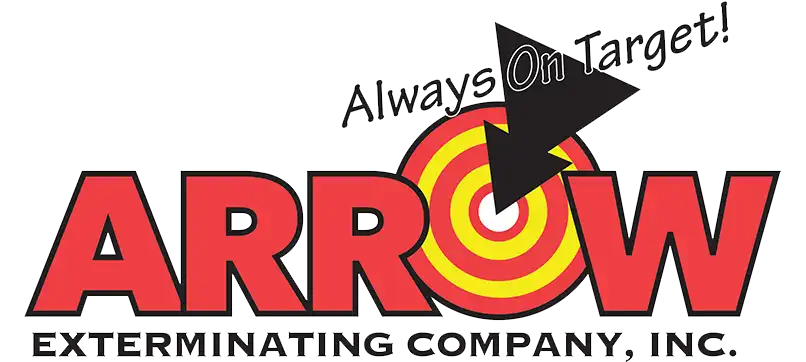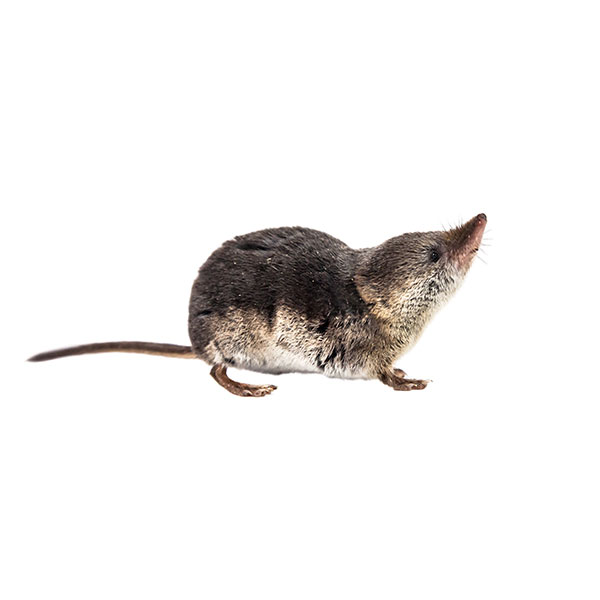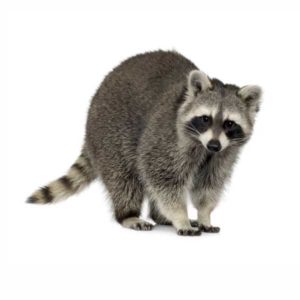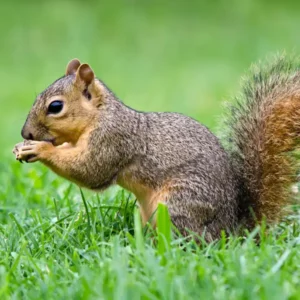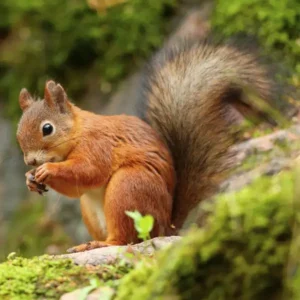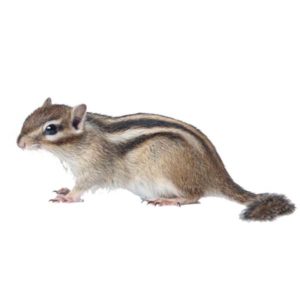Shrews in Long Island
Shrews are among the world’s smallest mammals. Worldwide, there are over 250 species recognized, with over 30 species identified in the United States. Shrews primarily feed on insects, earthworms, slugs, and spiders and will also feed on small animals, seeds, roots, and other vegetable matter. Because of their small size, shrews lose body heat rapidly. In order to maintain constant body temperature, they have a high metabolic rate and consume food every three to four hours. In a 24-hour period, some species of shrews will consume three times their body weight. Typically shrews are born, live, and die within a year, but some may live just under two years.
Shrew Habitat
A shrew’s habitat depends on the species, but they are typically near structures, occasionally invading buildings. Often reusing tunnels made by moles and voles, they live in gardens and wooded areas where food supplies are abundant. They prefer to live in fields, marshy areas, and forests—wherever there is leaf litter or thick plant cover.
Shrew Behaviors, Threats, or Dangers
Shrews do not have a considerable negative impact on humans and go about their lives unnoticed by most people. They occasionally become a nuisance when they live in close proximity to humans because of their aggressive nature. Shrews occasionally fall into window wells, attack pets, feed on stored foods, contaminate stored foods with feces and urine, and bite humans when improperly handled.
Due to their hostile nature and ability to move fast, shrews are difficult to get rid of. Contacting a pest control professional is the ideal way to resolve a shrew problem. Always contact your local nuisance wildlife control experts for assistance with shrews.
